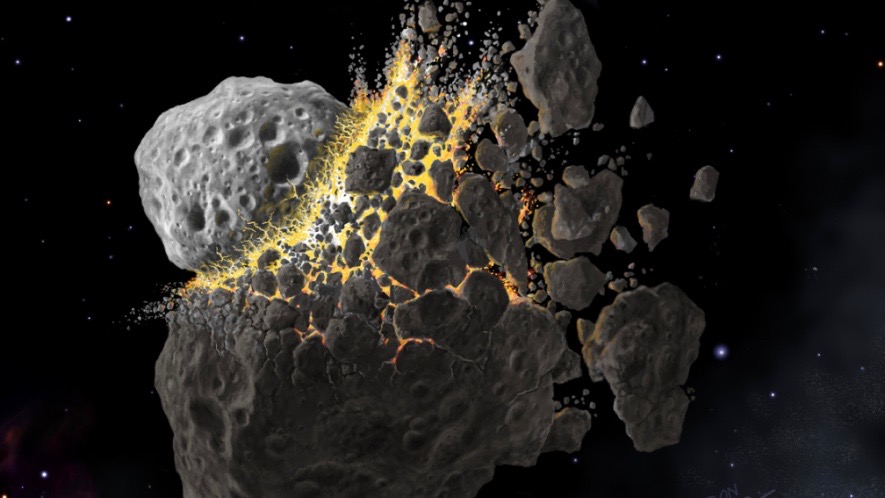The building blocks of life on Earth are the DNA and RNA, the genetic material that transmits from generation to generation carrying all necessary instructions of life. Were these building blocks generated somewhere in outer space and then sown into the Earth? Well, that is not confirmed. However, scientists have found building blocks of DNA and RNA in meteorites, and a recent analysis of the space rocks that fell on earth said those contained all the five building blocks of DNA and RNA. The study has recently been published in Nature Communication.
DNA and RNA are made up of five nucleobases—adenine (A), Cytosine (C), Guanine (G), Thymine (T), and Uracil (U). Nucleobases are nitrogen-containing biological compounds, and they combine with sugar and phosphates (phosphorus-containing elements found naturally) to make nucleotides. These nucleotides bond themselves in a particular pattern and form the DNA or RNA, the basis of the genetics of lives.
Researchers had discovered adenine and guanine, along with other organic compounds, in meteorites as early as the 1960s. They also found the hint of uracil’s presence in the space rocks, but cytosine and thymine remained elusive until the latest finding.
NASA’s Goddard Space Flight Center’s astrochemist Daniel Glavin commented on the findings saying, “We’ve completed the set of all the bases found in DNA and RNA and life on Earth, and they’re present in meteorites.”
The lead author of the latest study, geochemist Yasuhiro Oba of Hokkaido University, Japan, and his colleagues used a state-of-the-art technique of extracting and separating chemical compounds in liquefied meteorite dust. Three years ago, the researchers used the same technique to discover a sugar called ribose, which is essential for life, in three meteorites. “Our detection method has orders of magnitude higher sensitivity than that applied in previous studies,” Oba commented on their technique.
Oba and his team members collaborated with astrochemists at NASA to analyze the meteorite samples to find the crucial component of life—nucleobases. The researchers used cold water instead of acid, which is usually used to extract the chemicals from the space rock samples. Glavin believes that this milder approach actually keeps the fragile nucleobases intact.
With this technique, Oba, Glavin and others in the team could also measure the chemical abundances within soil collected from the site in Australia and then compare the measured meteorite values with that of soil. The researchers found that the meteorite values were greater than that of soil for some compounds. This, according to them, suggests that the compounds came to earth through the meteorites. On the other hand, in some other compounds like cytosine and uracil, the soil abundances are much higher (20 times) than in meteorites. This could be a result of soil contamination, say the researchers.
However, there are some questions raised by other scientists. “I think [the researchers] positively identified these compounds. But they didn’t present enough compelling data to convince me that they’re truly extra-terrestrial,” remarked Michael Callahan, who previously worked with NASA and collaborated with Glavin and others.
Glavin and his colleagues have answers to the concern raised by Callahan. They pointed to other life-related compounds that they found— these contained isomers, which have the same chemical formula but are organized differently. The team found some of the isomers in the meteorite samples but not in the soil. “If there had been contamination from the soil, we should have seen those isomers in the soil as well. And we didn’t,” said Glavin.





